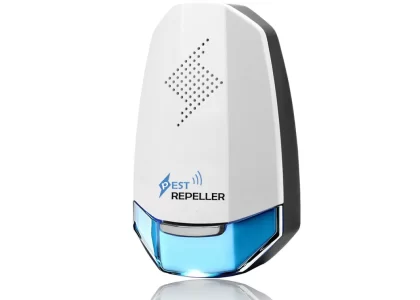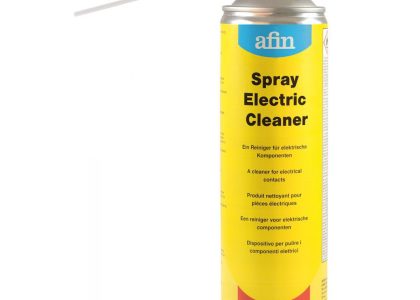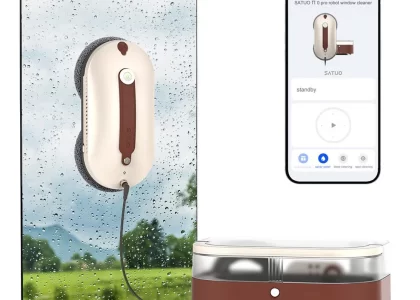 Introduction:
Introduction:
When a washing machine fails to rinse or spin, it can disrupt the laundry process and leave clothes wet or inadequately cleaned. Understanding the potential causes behind this issue and the troubleshooting steps involved can help you identify and resolve the problem. In this comprehensive guide, we will explore common reasons for a washing machine not rinsing or spinning and provide practical solutions to address these issues. By following the steps outlined below, you can effectively diagnose and fix the problem, ensuring your laundry comes out clean and properly spun.
 Various problems and potential hazards:
Various problems and potential hazards:
When a washing machine won’t rinse or spin, it can lead to various problems and potential hazards:
Poorly Cleaned Clothes: When a washing machine fails to rinse or spin properly, it can result in clothes not being adequately cleaned. Soap residue and dirt may remain in the fabrics, leading to odors, stains, or a general lack of cleanliness.
Water Wastage: If the machine is unable to rinse or spin, water may accumulate in the drum and fail to drain properly. This can lead to water wastage as the machine requires extra cycles or manual draining to remove excess water.
Mold and Mildew Growth: Excess water left in the machine due to unsuccessful rinsing or spinning can create a damp environment, promoting the growth of mold and mildew. This can cause unpleasant odors and potentially lead to health issues. It may also damage the internal components of the machine.
Electrical Hazards: A washing machine that won’t rinse or spin may have electrical faults. If water is unable to properly drain, it can come into contact with electrical components, posing a risk of electric shocks or short circuits.
Clothing Damage: Insufficient spinning can result in clothes being too wet, causing damage during the drying process. Wet clothes can take longer to dry, potentially leading to a higher risk of mildew or odors.
Inconvenience and Downtime: A washing machine that won’t rinse or spin disrupts the laundry routine and causes inconvenience. It may require manual rinsing, re-washing, or alternative methods of cleaning until the problem is resolved, resulting in extra time and effort.
To mitigate these hazards, it is important to address rinsing and spinning issues promptly. Consult a professional technician or repair service to diagnose and fix the problem to ensure the safe and efficient functioning of the washing machine.
 Some common types:
Some common types:
There are several different types of washing machines available on the market. Here are some common types:
Top-Load Agitator:
This is the most traditional type of washing machine. It features a vertical drum with an agitator in the center that moves the clothes through the water for washing. These machines are generally more affordable but may use more water and be rougher on clothes.
Top-Load Impeller:
Similar to top-load agitator machines, top-load impeller machines also have a vertical drum, but instead of an agitator, they use a low-profile impeller at the bottom to move and clean the clothes. They are known for their energy efficiency and gentler treatment of clothes.
Front-Load:
Front-load washing machines have a horizontal drum that tumbles the clothes inside. The door is located on the front of the machine. Front-loaders are known for their energy efficiency, water efficiency, powerful cleaning performance, and gentle treatment of clothes.
High-Efficiency (HE) Top-Load:
HE top-load washing machines are designed to use less water and energy compared to traditional top-loaders. They have larger capacities and use sensors to adjust the water levels according to the load size. The absence of an agitator allows for more space and gentle cleaning.
Washer-Dryer Combo:
A washer-dryer combo is a single appliance that combines a washing machine and a dryer. This type of machine is useful for homes with limited space as it eliminates the need for a separate dryer.
Compact:
Compact washing machines are smaller in size and designed for apartments, small spaces, or traveling purposes. They have lower capacities but offer convenience and portability.
It is important to consider the features, specifications, energy efficiency, capacity, and available space when choosing a washing machine that best suits your needs.
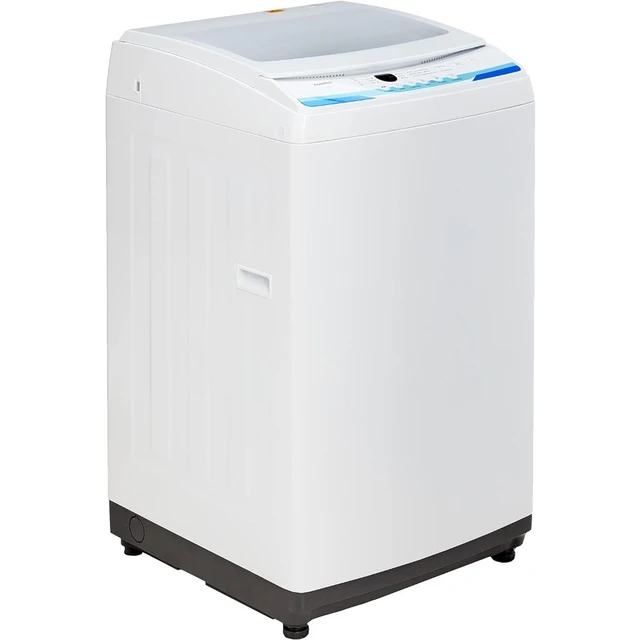 Common Causes of a Washing Machine Not Rinsing or Spinning
Common Causes of a Washing Machine Not Rinsing or Spinning
Inadequate Water Supply:
Insufficient water supply to the washing machine may prevent proper rinsing, resulting in soapy residue on the clothes.
Issues with the water inlet valves, clogged filters, or low water pressure can contribute to this problem.
Drainage Problems:
If the washing machine is not properly draining, it can affect the rinse and spin cycles.
Clogged drain pipes or hoses, a malfunctioning drain pump, or a blocked pump filter can impede water removal.
Imbalanced Load:
An unbalanced load distribution inside the drum can prevent the washing machine from properly spinning.
Heavy items concentrated on one side of the drum may trigger the machine’s safety features and prevent spinning.
Malfunctioning Lid or Door Switch:
Washing machines are equipped with lid or door switches that prevent the machine from operating unless the lid or door is securely closed.
A faulty switch can disrupt the rinse and spin cycles, as the machine may not recognize that it is safe to proceed.
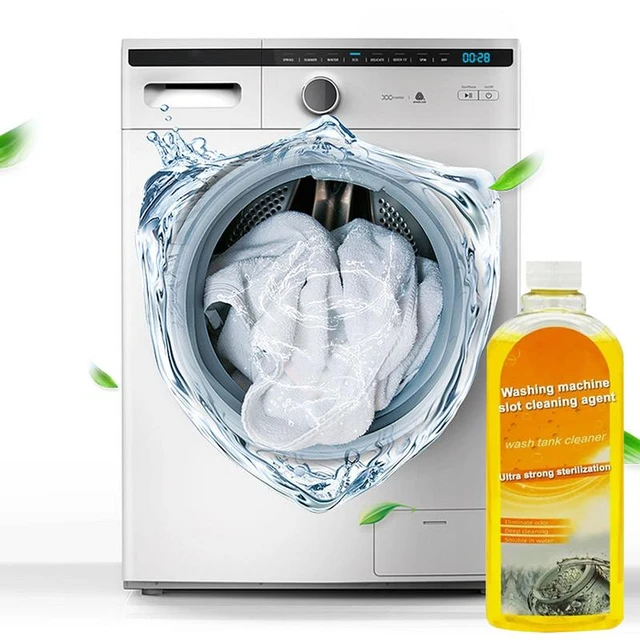 Troubleshooting Steps
Troubleshooting Steps
Check Water Supply:
Ensure that the water inlet valves leading to the washing machine are fully open.
Check for any kinks or blockages in the hoses and clear them if necessary.
Maintain adequate water pressure for proper rinsing by addressing any issues with the water supply system.
Inspect Drainage System:
Examine the drain pipes and hoses for possible clogs or obstructions.
Clean or replace the drain pump filter if it is clogged, and ensure that the drain pump is functioning correctly.
Check for any signs of damage or wear in the drain components and address them accordingly.
Rearrange the Laundry Load:
Open the washing machine and redistribute the load evenly inside the drum.
Ensure that heavy items are balanced with lighter ones to prevent an unbalanced load during the spin cycle.
Verify Lid or Door Switch Functionality:
Test the lid or door switch by firmly closing the lid or door and observing if the machine recognizes the closure.
Clean or repair the switch as necessary, or replace it if it is faulty.
Additional Tips and Maintenance
Regularly Clean the Machine:
Clean the washing machine regularly to prevent the buildup of dirt, detergent residue, or lint that can affect its performance.
Wipe down the drum, door, and gasket after each use, and periodically run cleaning cycles using vinegar or specialized washing machine cleaners.
Use the Correct Detergent and Amount:
Use the appropriate detergent for your washing machine and follow the manufacturer’s recommended dosage.
Using too much detergent or the wrong type can lead to excessive suds, poor rinsing, and spinning issues.
Perform Routine Maintenance:
Schedule routine maintenance checks, including inspecting hoses for wear, cleaning the exterior, and addressing any signs of damage promptly.
Regular maintenance helps prevent potential issues and keeps the washing machine operating efficiently.
 Conclusion:
Conclusion:
A washing machine not rinsing or spinning properly can be caused by factors such as inadequate water supply, drainage problems, an imbalanced load, or a malfunctioning lid or door switch. By following the troubleshooting steps outlined in this guide, you can identify the cause of the issue and take appropriate action to resolve it. Additionally, regular maintenance, proper cleaning, and adherence to manufacturer guidelines can help prevent rinsing and spinning issues from occurring. By promptly addressing these problems and remaining proactive in maintenance, you can ensure that your washing machine rinses and spins effectively, allowing for clean and properly dried laundry.


